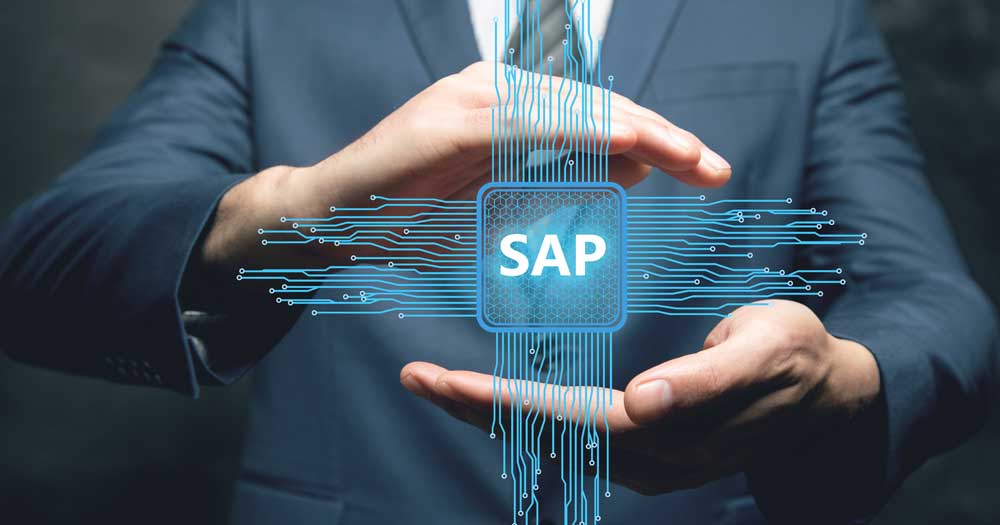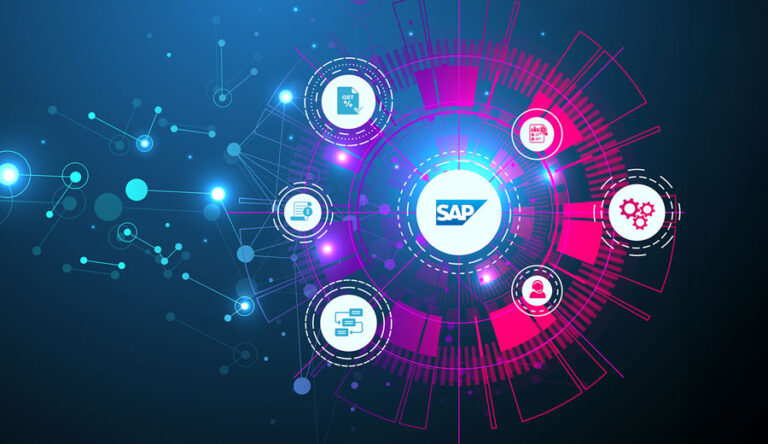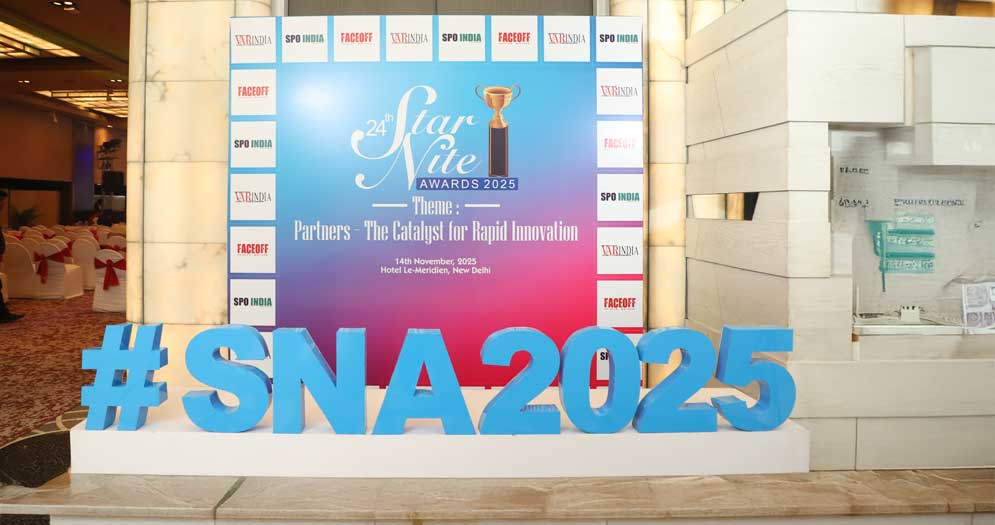Gone are the days of being tethered to a single office location for accessing vital company resources. The rise of Virtual Desktop Infrastructure (VDI) has rewritten the rules of workplace flexibility and data accessibility.
There has been a massive boost in the usage of virtual desktops over the past decade. As a result, it is expected that by the end of 2027, the VDI market will grow to $30.63 billion with a CAGR of 17.3%.
Today, with this blog, we are going to show you how VDI allows you to work from anywhere in the world. In addition to this, we will also define some of the major benefits that companies avail with the implementation of VDI in their business.
How Does Virtual Desktop Infrastructure (VDI) Work?
There are two main components of VDI: the first one is the hypervisor, and the second is the connection broker. It is up to the hypervisor to decouple the physical hardware from the logical operating system, which is in the data centre server.
Hypervisor is the backbone of VDI; it allows one physical server to serve customers with multiple virtual desktops at the same time. The connection broker is the second most important part of the VDI because it is the software gateway that makes the connection of each client to their respective virtual desktop. Besides, this connection broker allows every user to access their virtual desktops no matter from which device they are logged in.
Two Ways to Develop A Virtual Desktop
There are two ways by which data centres convert their physical servers for virtual desktop usage.
- Persistent Desktop: – Here, each user is assigned a unique desktop instance, which a user has full freedom to customize according to their requirement.
- Non-persistent Desktop: – Here, users must choose a pool of virtual desktops that have similar levels of hardware, and the software programs installed on them are also the same. These pools of virtual desktops are used to perform certain heavy tasks where more than one virtual desktop power is needed.
After the work is complete, these virtual desktops will get back to their original state after each use. Thus, they won’t remain in the personalized state that was set by the user.
Benefits Of VDI
Access Data From Anywhere
It doesn’t matter where you are; you have the freedom to access the data, and that too, any time of the day. As a result, you are free to work from home, work from some other city, and even from a completely new country. The framework of the virtual desktops is built to help you keep your data safe all the time, meaning no one can access it without your credentials and two-way authentication, which only you can approve.
Use Your Own Device
With VDI infrastructure, you don’t have to buy a specific set of laptops or hardware in order to run it. Thus, you can use the device which you feel comfortable working with. It could be your tablet, mobile, laptop, and even your computer. From a single device, you have access to all your data and will have the same user experience no matter the type of device you’re using.
VDI’s Are Hard To Hack
VDIs generally run in a read-only environment, meaning the end user can’t install, delete, update, or make changes to any applications that are already present in the operating system. Hence, in most cases, the admin has exclusive control over everything, so even employees and hackers can’t really do much with VDIs.
Increase Productivity
One of the things that makes VDI a great investment for companies is the increased productivity of employees due to the enhanced work experience that comes with these remote desktops. In addition to this, there is zero to no downtime that employees have to face when working on virtual desktops. Thus, each task will be done with better efficiency and agility. At the same time, employees will be more focused on their work and have much better flexibility.
Cost Efficiency
If you already have a server setup present at your onsite, then VDI comes at a minimal cost. On the other hand, the initial cost to deploy VDI will provide you with long-term savings as the features that come with it are quite significant.
Also, when you are working on VDIs, you don’t have to spend any money on buying the hardware. Likewise, the licensing cost of the VDI is quite low because it is being shared across multiple virtual desktop sessions.
Lastly, in case of a problem in VDI, the responsibility to get the system working once again is completely on the shoulders of the provider. Meaning you don’t have to pay anything extra to get the issue resolved. Along with this, due to a certain problem in one of the physical servers, the service provider will switch your VDI to another server until the fix is in place.
Conclusion
So now you know why deploying VDI technology is extremely beneficial for your business. Businesses across multiple industries, such as finance, healthcare, mining, IT, and others, are now using VDI to access better hardware components at a fraction of the cost while keeping the space free in their offices as well.
By switching to the VDI environment provided by Embee India, you will be collaborating with a company that has decades of experience in deploying VDI solutions all over the globe. So don’t wait anymore; start your journey now and quickly start a smooth transition towards virtualization.
















































